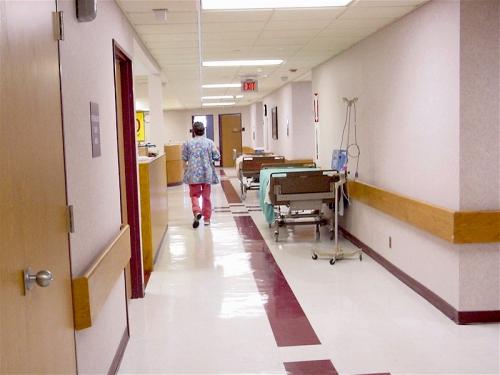Multi-Resistant Skin Bacteria Spreading in Hospitals in Sweden, Resear
- ICU
- 01/04/2012
Genetically closely related skin bacteria that have developed resistance to several different antibiotics and that can cause intractable care-rela
READ MOREThe Helen Hamlyn Centre for Design at the Royal College of Art in London has a focus on people- centred and inclusive design. From its origins, researching and designing for an ageing population, its work has grown over the past 20 years to encompass better healthcare and better workplaces, because many people now live and work longer despite age-related...
READ MOREMany experts have shown that nutritional therapy improves intensive care unit (ICU) outcomes. In particular, the use of early enteral nutrition (EN), as recommended by ESPEN guidelines (2006), is associated with a reduction in mortality in the sickest patients (Artinian et al. 2006). Paradoxically, enteral feeding is most difficult to perform in the...
READ MOREIntroduction Non-invasive ventilation (NIV) provides safe and effective assistance to patients with acute respiratory failure (ARF) from various causes (Garpestad et al. 2007). The main reason for applying NIV is to avoid the complications of endotracheal intubation, according to Evans et al. (2000). The ventilator setting generally used to apply...
READ MOREIntroduction It has been nearly a decade since seminal reports and associated research documenting the surprising frequency of accidental injury in healthcare were published in the UK and around the world (Vincent, Neale and Woloshynowych 2001). Around that time, complex and systemic causes of a sequence of probable accidental deaths at the Bristol...
READ MOREIntroduction Maintaining an intensive care unit (ICU) and providing intensive care for all patients who benefit from it necessitates a high investment in personnel, technology, and material resources within a short time period, and is naturally associated with costs. The complexity of the care processes involved, and the fluctuation in the...
READ MOREA disheartening moment in any medical department, particularly in the critical arena, is that of unforeseen human error leading to injury. With teams doing their utmost to ensure the best chances of survival for patients, the inevitability of occasional mistakes occurring in what is an immensely complex system is a distressing concept to shoulder....
READ MOREExploring a New Hypothesis Introduction Capillary leak complicates conditions that are characterised by inflammation, infection and resuscitation. It is important to understand the pathophysiologic basis in order to minimise fluid, electrolytes, proteins and other molecules that extravasate from the vascular space into the interstitium. Capillary...
READ MOREThe University Medical Center Utrecht (UMC Utrecht) is a 1,042 bed hospital, which admits approximately 30,000 inpatients per year. All academic specialties are present and the hospital provides a core service in heart and lung transplantations, ventricular assist devices, trauma, neurosurgery, oncology, haematology and AIDS patients. In 2004,...
READ MORE
Genetically closely related skin bacteria that have developed resistance to several different antibiotics and that can cause intractable care-rela
READ MORE
Smaller, rural hospitals may be quicker and more efficient at implementing surgical safety initiatives than their larger, urban counterparts,...
READ MORE